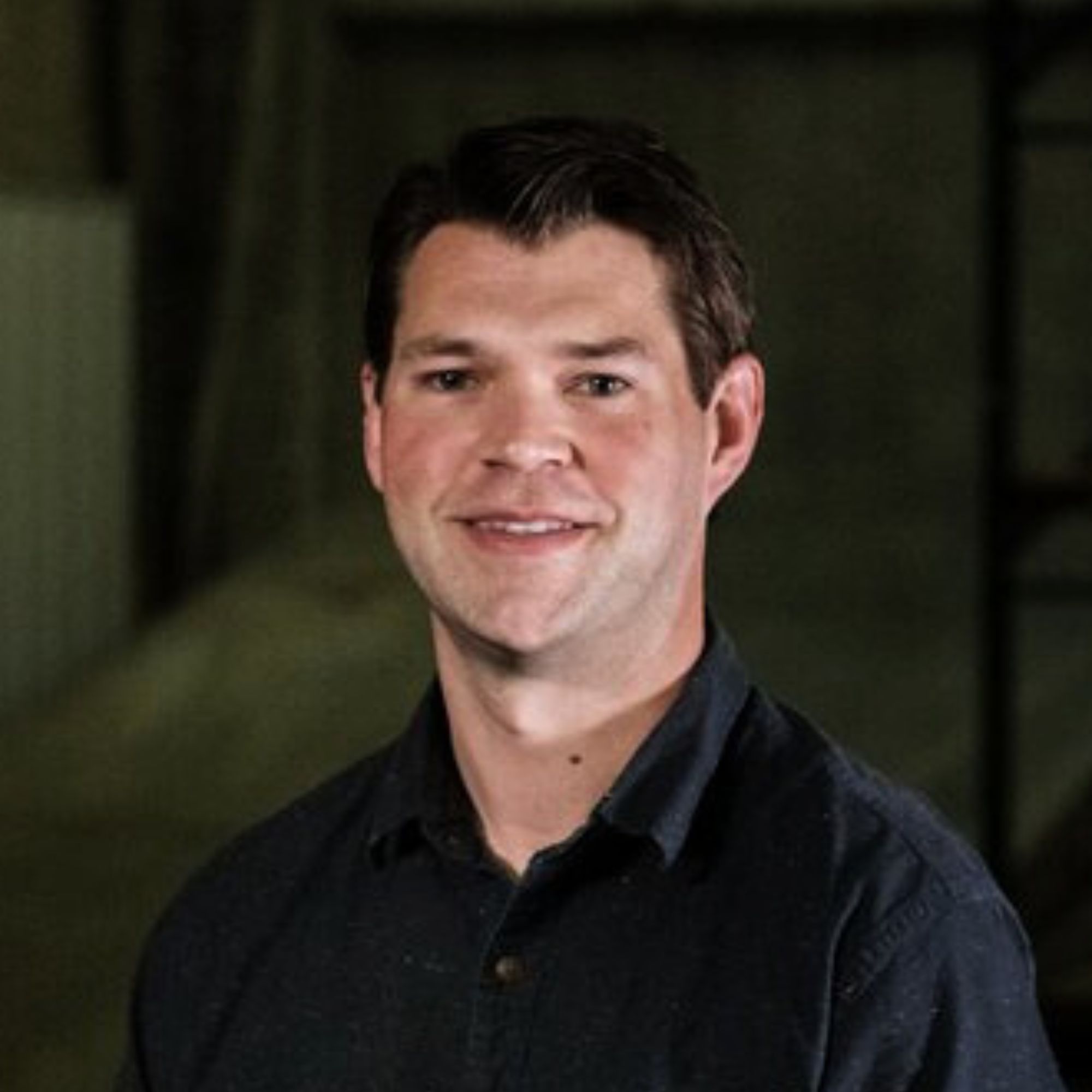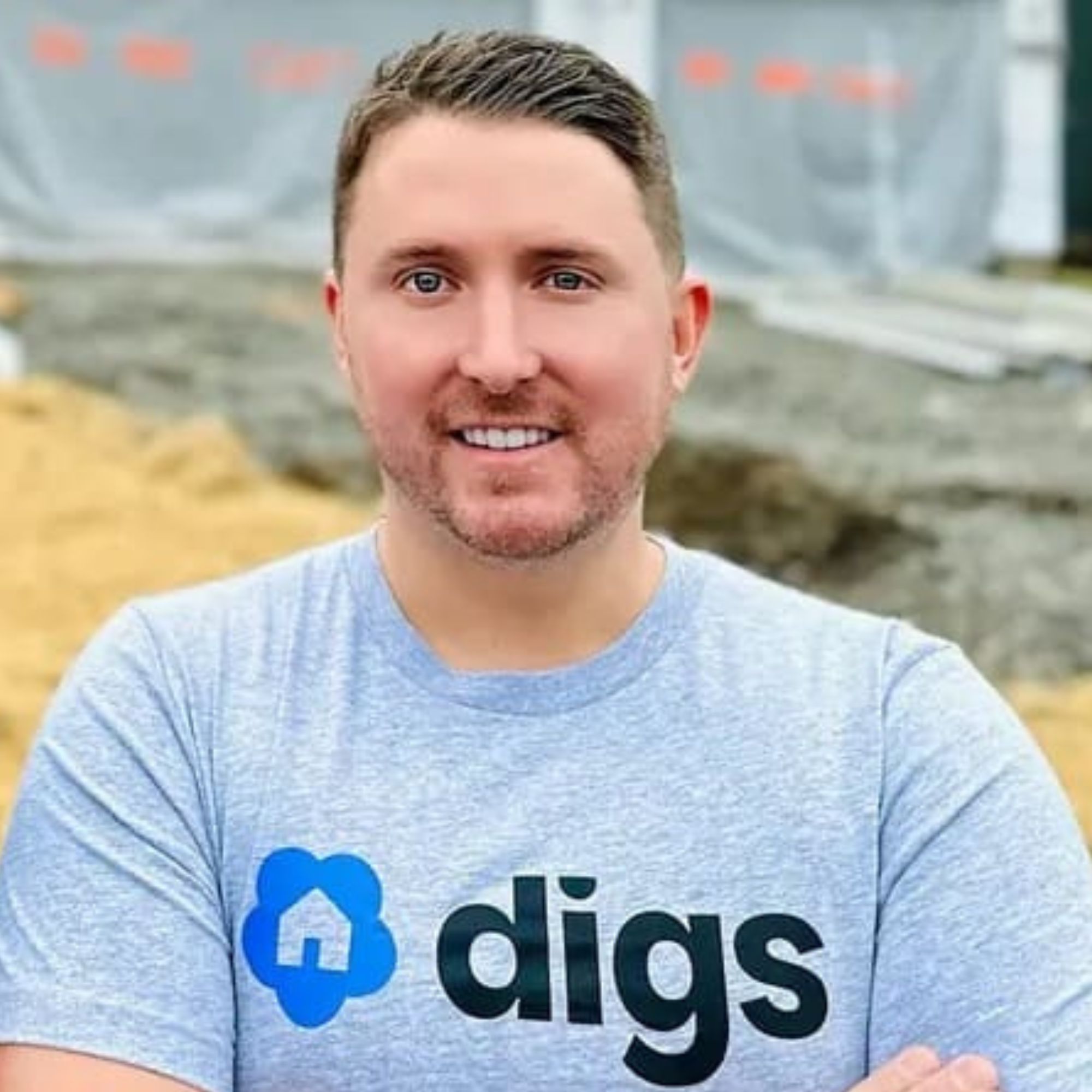Ready to launch your own podcast? Book a strategy call.
Frontlines.io | Where B2B Founders Talk GTM.
Strategic Communications Advisory For Visionary Founders
Conversation
Highlights
From Consulting Project to Network Platform: How Activate OS is Revolutionizing Construction Equipment Management
The heavy equipment that powers construction sites across America represents millions of dollars in assets that directly impact project timelines, budgets, and outcomes. Yet the systems managing these critical resources have remained fragmented for decades – until now.
In a recent episode of Category Visionaries, Brian Giamo, CEO and Co-Founder of Activate OS, shared how his company evolved from a Caterpillar consulting project into a networked platform that’s transforming equipment management in the construction industry.
Origins in Consulting Expertise
Unlike many startups born from a sudden inspiration, Activate OS emerged gradually from deep industry experience. Giamo’s consulting practice had specialized in go-to-market strategy for over 25 years when Caterpillar brought him in to solve a persistent industry problem.
“I started out really as a consultant doing go to market strategy planning over 25 years ago for folks, and ended up starting my own consulting business. Shortly after that time I picked up Caterpillar Corporate and started to work with them really on their go to market strategy and planning,” Brian explains.
This engagement revealed a critical gap in the construction equipment ecosystem. While working with Caterpillar’s dealers and end customers, Brian discovered that equipment management was fundamentally a team sport – yet the industry’s solutions didn’t treat it that way.
“What we found out along that way was in order to do that, it’s really a team sport. And the solutions on the marketplace really weren’t geared around a team sport. They were very point solution focused,” Brian explains.
This insight led to Activate OS’s founding in 2016 – not as a venture-backed startup with a flashy pitch deck, but as a practical solution to a complex problem his team understood intimately.
The Pivot That Changed Everything
For the first several years, Activate OS struggled to gain traction. The reason? They had their go-to-market approach completely backward.
“Rewind probably 36 months ago…we were doing that completely in reverse,” Brian recalls. “We were trying to go to the providers and get them to be distribution partners before we had the fleet owners and proved our value.”
Activate’s initial strategy targeted equipment dealers and rental companies, expecting them to distribute the platform to their construction company customers. It made logical sense – these providers had existing relationships with thousands of potential end users. But the approach failed in practice.
The breakthrough came when they flipped their strategy: target fleet owners (construction companies) first, connect them to their equipment providers, and then leverage those connections to create network effects.
“The natural way that this works is acquire the fleet owner, get them connected to provider, they mutually see value and benefit in keeping their equipment up and running. And then we can get these dealers and rental companies to distribute this out to the rest of their customer base,” Brian explains.
This reversal created a natural pull effect that transformed their go-to-market motion. When a construction company adopts Activate OS and starts reporting equipment issues, their dealers and rental companies immediately receive opportunities through the platform – creating instant value for both sides.
Building a Three-Stage Network Effect
The revised go-to-market strategy created a powerful three-stage network effect that now drives Activate’s growth:
Acquire the fleet owner: Construction companies load their equipment data onto the platform.
Connect to providers: These fleet owners invite their equipment dealers and rental companies to connect.
Convert providers to distribution partners: Equipment providers, seeing value from their connected customers, roll out Activate to their broader customer base.
“One fleet owner could be connected to 5, 6, 7, 10 different dealers and rental companies,” Brian notes. This creates a multiplier effect where each new customer potentially brings multiple providers into the ecosystem.
The platform is now managing equipment for significant infrastructure projects, including Virginia’s largest bridge and tunnel expansion, where it connects field operators directly with major rental companies and local Caterpillar dealers.
The Long Journey to Product-Market Fit
Perhaps most striking about Activate’s story is the realistic timeline to success. Unlike startup mythology that celebrates overnight triumphs, Brian is candid about how long it took to truly get their approach right.
“I would say probably in terms of really crystallizing the go to market and product market fit, I would say we really have sort of just arrived there in 2022 or 2023. It took a lot of years,” Brian admits.
This six-year journey to product-market fit illustrates an important reality for B2B founders: building category-defining software in complex industries often requires patience and persistence through multiple iterations.
Strategic Fundraising from Industry Insiders
Activate’s fundraising approach has been as strategic as its go-to-market evolution. Rather than pursuing traditional venture capital, they raised over $4 million primarily from strategic industry investors.
“One of our lead investors is a large Caterpillar dealer. And then another one of our investors is from the industry. And both of those were through relationships and through discussions and just talking about the business,” Brian explains.
This industry-focused fundraising provided not just capital but also valuable connections and market insights that accelerated their growth.
Interestingly, Brian now sees a significant shift in venture capital interest toward construction technology. “Weekly I’m getting venture capital firms, private equity firms that reach out to me and say, hey, we’ve got a construction vertical, right? You talk to our VP of construction and industrial.”
Selling Outcomes, Not Software
Throughout their evolution, Activate has maintained a fundamental focus on delivering results rather than just selling technology.
“I don’t feel like we’re selling software, right? We’re really selling a result. We’re really selling production of those assets on a job site and more effective communications to enable that,” Brian emphasizes.
This outcome-focused approach has resonated with construction companies concerned primarily with equipment uptime and productivity, not software features.
The Future: AI-Enabled Equipment Management
Looking ahead, Brian envisions expanding Activate beyond its current SaaS model to offer transaction facilitation and AI-enabled services, with a particular focus on smaller construction companies that can’t afford dedicated equipment managers.
“There’s lots of small to mid size construction companies out there who don’t have an equipment manager and may never have an equipment manager,” Brian notes. “The idea of being able to, through some fractional or automated way or through AI, be able to give them the ability to have an equipment management function or an equipment manager or a fleet manager through those AI enabled services, I really kind of see that as sort of the future of what we’re doing at activate.”
Activate’s journey from consulting project to networked platform illustrates the power of deeply understanding industry mechanics, the patience to iterate on go-to-market approaches, and the importance of focusing on customer outcomes rather than technology. For B2B founders building in complex industries, it offers a realistic roadmap to creating network effects in markets that have historically resisted innovation.
Actionable
Takeaways
Get laser-focused on your entry point:
Brian's team initially tried selling to equipment dealers and rental companies first, expecting them to distribute to fleet owners. After struggling, they flipped their approach to target fleet owners first, which created natural pull from the dealers. As Brian explained, "The natural way that this works is acquire the fleet owner, get them connected to provider, they mutually see value and benefit in keeping their equipment up and running."
Sell outcomes, not software:
Activate OS doesn't position itself as merely selling software. Brian emphasized, "We're really selling a result. We're really selling production of those assets on a job site and more effective communications to enable that." This outcome-focused approach resonates with customers who care about equipment uptime, not technology.
Create strategic network effects:
Activate's three-stage go-to-market model (1. acquire fleet owner, 2. connect them to providers, 3. convert providers to distribution partners) creates powerful network effects. Each new customer expands their reach to 5-10 equipment providers who then become potential distribution channels themselves.
Be patient with product-market fit:
It took Activate nearly six years to truly crystallize their go-to-market approach and product-market fit. Brian acknowledged, "I would say we really have sort of just arrived there in 2022 or 2023. It took a lot of years."
Leverage strategic investors from your industry:
Activate raised over $4M without traditional fundraising, instead bringing on strategic investors including a major Caterpillar dealer. These industry insiders provided both capital and valuable market insights, creating mutual benefits beyond just funding.




















